Coral reefs are really important. While they only cover a small area (under 1% of the earths surface area) they support about 25% of all marine life, including more than 4000 species of fish.
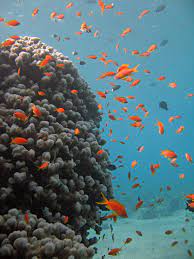

Wildlife and conservation new, wild travel information and links for booking
Coral reefs are really important. While they only cover a small area (under 1% of the earths surface area) they support about 25% of all marine life, including more than 4000 species of fish.

Perhaps one of the issues with a parliamentary democracy is what happens when the leader of the party in power leaves.
The prime minister is the leader of the party which holds a majority in the house of commons. This means that if the leader of this party resigns, or is pushed out by his party, a small part of the country (those in this case that are Conservatives) get to vote on who leads the country. 0.1% of the country are in the Conservatives party, and are generally older, richer and less worried about climate change than the average person in the UK.

Unfortunately, as I have written, Liz Truss, the person who has just taken over this role is making many decisions which are going to be bad for us cutting carbon emissions and therefore us as a country (as well as the world as a whole).
Continue reading “More change in direction with the new UK PM”Solar panels are now one of the cheapest way of generating electricity. This is basically a known fact, despite what is said. Now it is true that there has been some farmland that has been used for solar panels (one of the stupid things about this, is that if you make the solar panel stand longer, there are a whole range of crops that could be grown in the shadow of the panels.

Pine martens are an arboreal hunter. It is native to Europe, stretching into Asia in areas such as Iran and Syria. It is also a native part of the UK ecosystem. Unfortunately, as an arboreal predator the pine marten was horrifically reduced in the UK by the destruction of our rainforests. What few animals continued to survive in fragments of forest left behind, have been persecuted by farmers for their habits of taking chickens and similar animals.
This is why this sighting of a pine marten on the edge of London is so exciting.
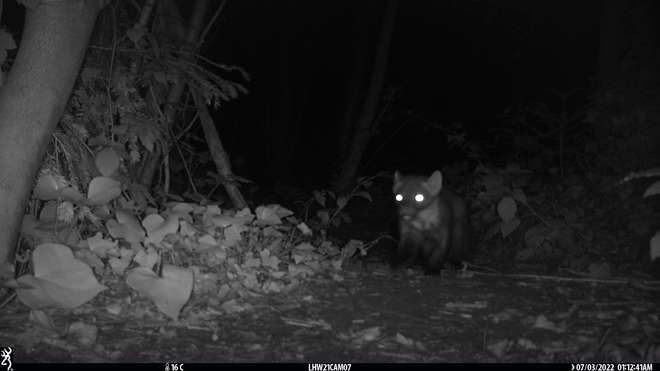
Rainforests are incredible places, with a huge amount of wildlife and plants all living closely together and fighting for survival.
Now the problem in many parts of the world, rainforests are being cut down for space to be given over to all sorts of other land uses. I have no problem with some of the rainforests being cut down for other land uses. Unfortunately though in the Amazon, there is a significant issue.
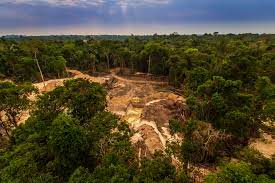
The big 5 is a tool that safari operators continue to use. It does not make much sense as this term is a hunting term. The big 5 are the five most dangerous animals to hunt on foot.It is not impossible to encounter the big 5 on a single drive in the bush. I have done this on a few occasions. However, when you are in the bush it is worth taking your time.
Given the big 5 is to do with hunting on foot, I have been more interested in encounters on foot. Before my recent trip, I had encountered Rhino Buffalo and Lion on foot (I do not consider it as an encounter unless I am within about 10m of the animal).
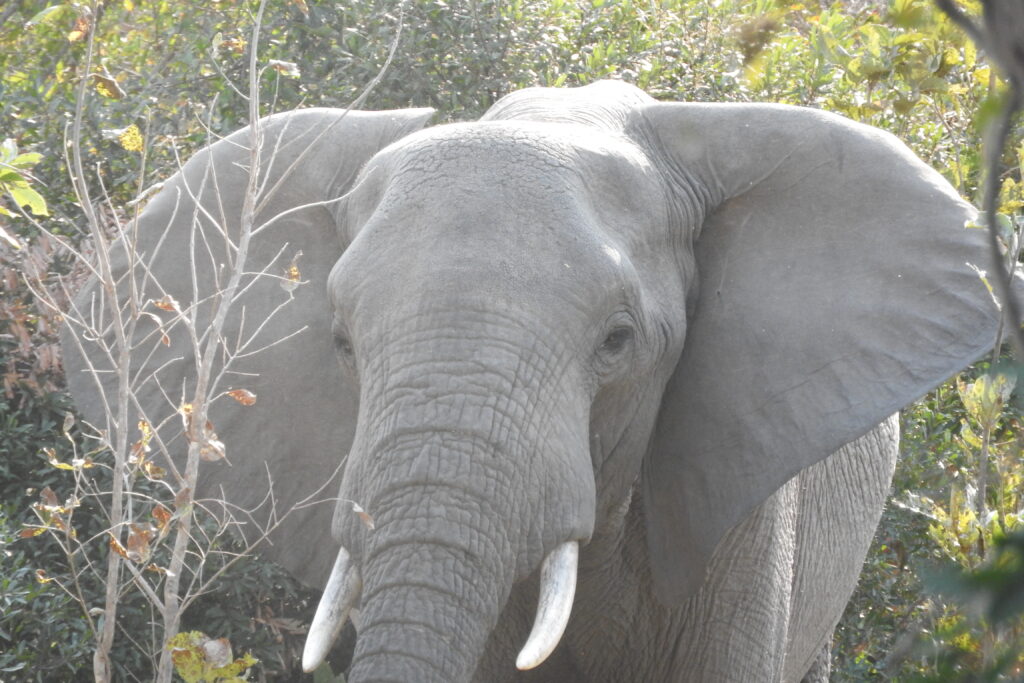
The cheetah have arrived in India, and have been introduced into enclosures within the Kuno national park. At the current time, the enclosures are just 15x30m so a similar size to a large zoo enclosure. They will stay in this enclosure for a month in order for the team to be sure that their health is good.
After this, they will be shifted into a 1 kilometre square enclosure for up to another 4 months before being released fully into the Kuno national park.
A further 12 cheetah will be transferred next month with roughly 50 agreed to be transferred over the next few years.
The simple question, though, is that cheetah do not do well in small reserves in Africa, as they cannot compete with large cats like lions or leopards (or in India, Tigers). With far less space, and a much greater density of people in India, is there going to be space for the returning cheetah? Furthermore, this situation is not likely to improve in the near future: predictions are that, without a significant break on fertility rates, India’s population could exceed 2 billion by the end of the century. In this senario, it is hard to see how there is space for much wildlife at all.
Rainforests are essential for many different things. At the moment, we (as the human race) are concerned about rainforests for their capacity to store carbon – thereby reducing the amount in the atmosphere and therefore the threat of carbon dioxide causing the greenhouse effect.
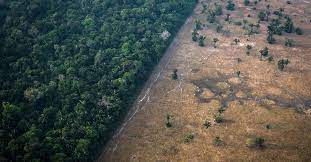
The problem is, that even without cutting any more rainforests down, we have already changed the weather dramatically. If rainforests are cut down there may then not be enough rain to sustain regrowth. One example is the Amazon, where it is predicted that half its rainfall is caused by the forest itself.
In the Amazon, Congo and even south-east Asia, there are already worrying signs in particularly highly deforested areas, that the rainforest weather is drying, turning the forest into a more savannah like area.
What is clear, is that a fragmented rainforest is deeply threatened. We need large blocks of unbroken rainforest if the planet is to survive in a form that we will continue be good for the human race to continue to thrive within. Of course, this is also essential for the many planet services that the human race requires to keep going.
Of course, this is not a reason to be allowed to cut down the fragments, it is a reason to not create the fragments in the first place. What is important to realize, is that many of the activities that the rainforest is being cut down for, will not work without the rain that the forest creates.
Just food for thought
Argued back and forth for decades (since their local extinction in 1952), the idea of reintroducing cheetah has never gone away for India. For the government, it is clearly at least partly a matter of pride – as the only home of the Asiatic lion, claiming over 50% of remaining wild tigers living within its borders, more than 10,000 wild leopards and even 4-500 wild snow leopards, cheetah was the only big cat to be allowed to go missing.

Even Cheetah is derived from the Hindi word Chita which means spotted one.
Continue reading “Namibian cheetah on the way to India for reintroduction!”Today is red panda awareness day. Many people are not particularly sure what a red panda is. Indeed, when I volunteered in a local zoo, I often found myself standing by the red pandas as so many visitors walk past without giving this little animal a proper look.
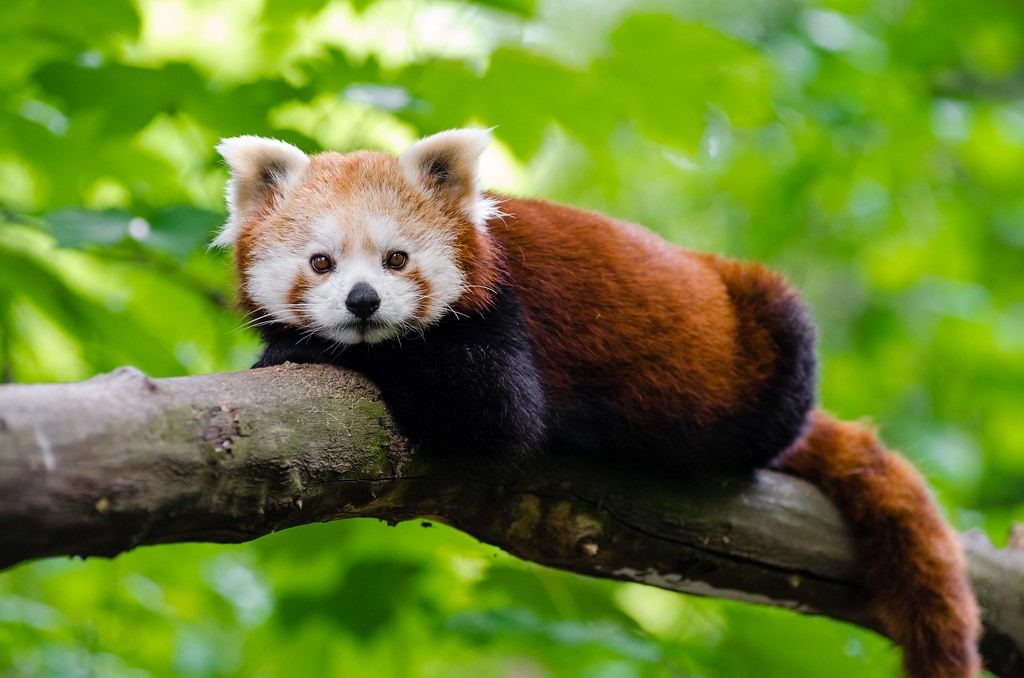
Although now considered the lesser panda, the Red panda was the original – indeed the giant panda was discovered later, and named because of similarities that they share. Panda is thought to come from the Nepalese words: “nigalya ponya” , which means bamboo eater.
Continue reading “Red panda awareness day”